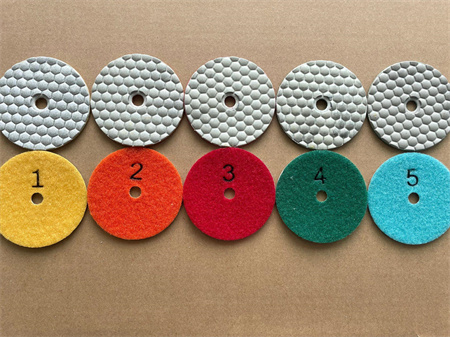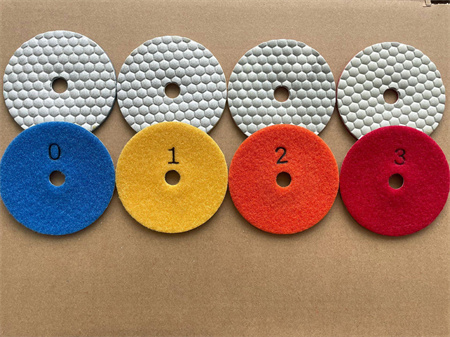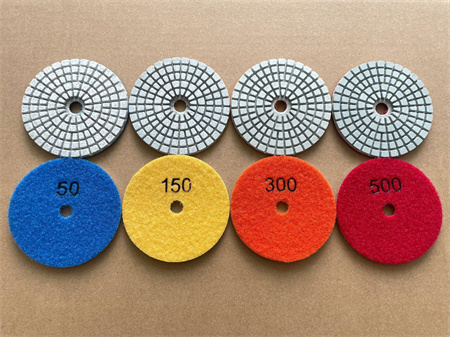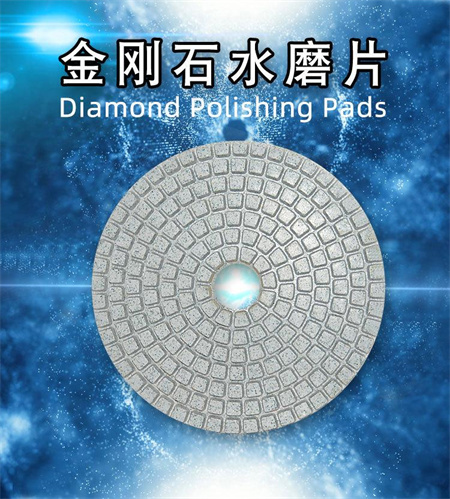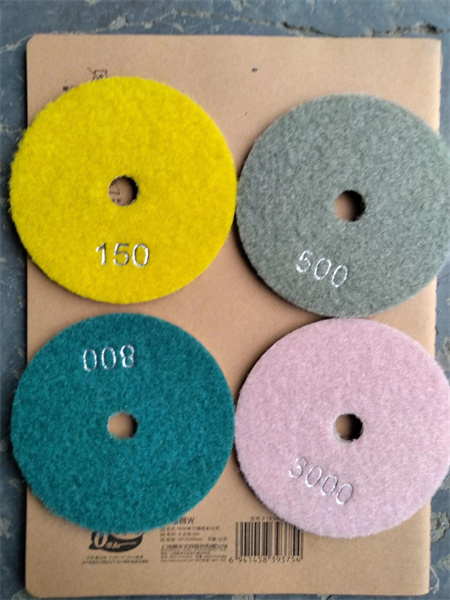Looking for high-quality granite polishing pads in bulk? If you’re a business owner or contractor seeking durable, reliable, and cost-effective solutions for granite polishing, ordering in bulk directly from a trusted China factory is your best option. With advancements in manufacturing technology, China has become a global hub for premium stone polishing tools, offering top-notch products at competitive prices. Whether you’re working on a major project or need to stock up on essential supplies, bulk ordering from a factory in China provides numerous advantages that can elevate the quality of your work while keeping costs manageable.
Granite is one of the hardest materials to work with, requiring specialized equipment to achieve a smooth, polished finish. A granite polishing pad is designed to tackle the tough surface of the stone, making it easier to enhance its natural shine. But not all pads are created equal. The right pad can save you time, reduce labor costs, and ensure a flawless result. When you order from a reputable factory, you can expect high consistency in product quality, meaning fewer defects and less waste in your production process.

Why opt for bulk ordering? Simply put, it offers great value for money. By purchasing in large quantities, you can take advantage of significant discounts, reducing your overall expenditure. This is especially important for businesses that require a steady supply of polishing pads for ongoing or large-scale projects. A China-based factory can meet your bulk needs without compromising on the quality of the pads. You’ll receive the exact specifications you need, whether you’re looking for pads with specific grit sizes, abrasive types, or customizable features.
In addition to cost savings, ordering in bulk can also ensure that you never run out of supplies during a crucial project. With a reliable supplier in China, you can rest assured that your bulk order will be processed quickly and shipped efficiently, ensuring that you have the materials you need when you need them.

When looking for a supplier, make sure to choose one with a proven track record and positive reviews from previous clients. A good supplier will not only provide top-quality granite polishing pads but will also offer excellent customer support, helping you with any questions or concerns throughout the process. Furthermore, many China factories offer customization options for branding or specific requirements, ensuring that the products you receive are tailored to your exact needs.
In conclusion, bulk ordering granite polishing pads from a China factory is a smart move for businesses looking to enhance their granite polishing capabilities while staying within budget. With premium products, competitive prices, and reliable service, it’s a win-win situation for any contractor or company in need of high-quality tools.













